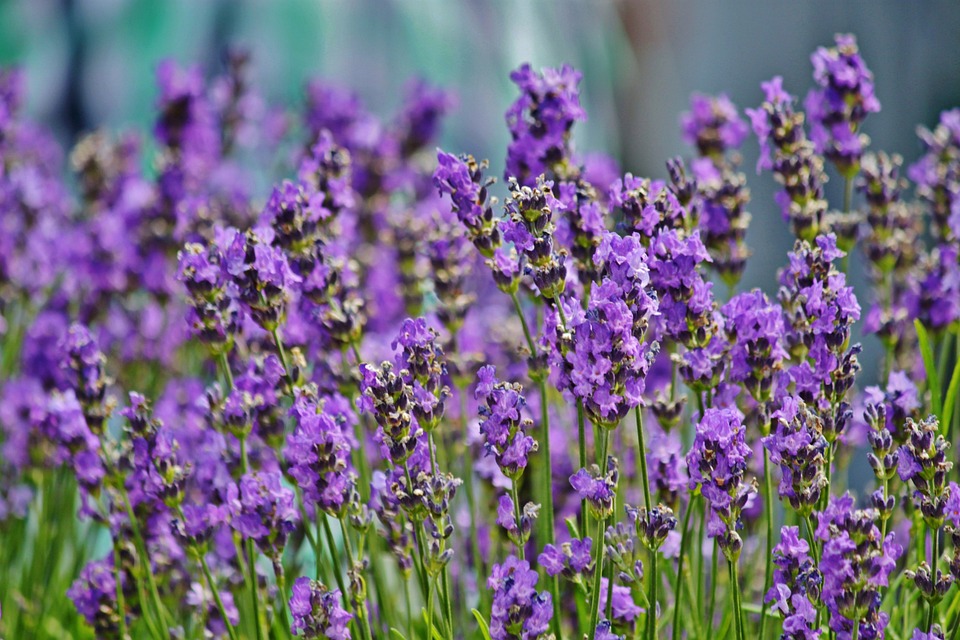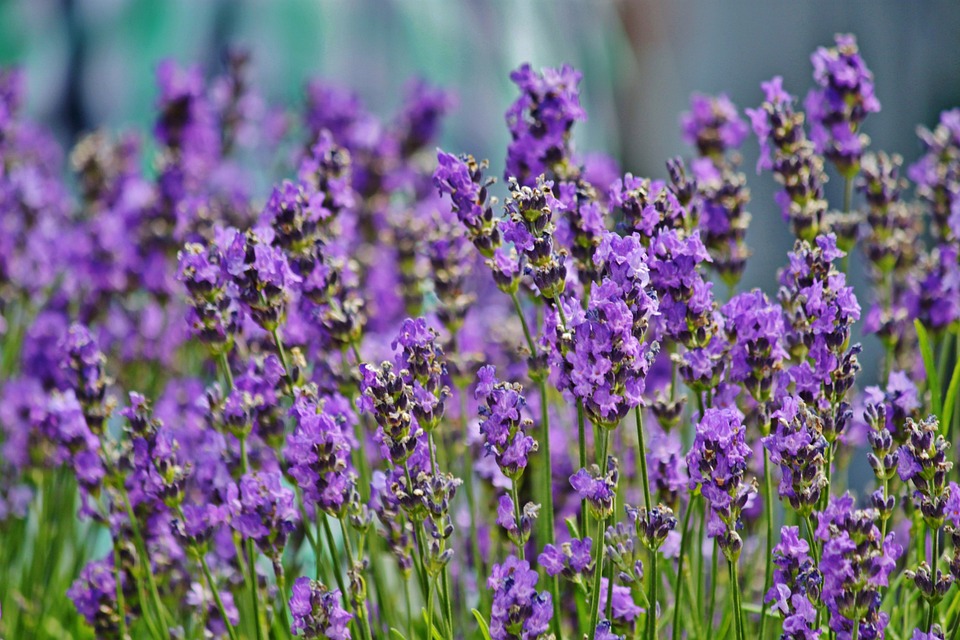In the remote islands of Indonesia, a magnificent creature roams the rugged landscapes with an air of ancient dominance.
The Komodo dragon (Varanus komodoensis), the largest living lizard on Earth, is a true marvel of nature, embodying the wild and untamed spirit of its homeland.
These formidable reptiles, often referred to as “guardians of Indonesia’s wild frontier,” play a crucial role in their ecosystems and symbolize the rich biodiversity of the region.
This article delves into the world of Komodo dragons, exploring their biology, behavior, ecological significance, conservation challenges, and cultural impact.
I. Introduction: The Majesty of Komodo Dragons

Komodo dragons are extraordinary creatures that have captured the imagination of people worldwide.
Known for their impressive size, powerful build, and predatory prowess, these lizards are native to the Indonesian islands of Komodo, Rinca, Flores, Gili Motang, and Gili Dasami.
Their presence in these isolated environments has allowed them to evolve unique adaptations, making them apex predators in their habitat.
Understanding and preserving these magnificent reptiles is essential for maintaining the ecological balance and cultural heritage of Indonesia.
II. Evolution and Adaptations: Nature’s Masterpiece

A. Evolutionary Origins
Komodo dragons belong to the Varanidae family, which includes monitor lizards.
Their lineage dates back over 100 million years, with ancestors that roamed alongside dinosaurs.
Fossil evidence suggests that Komodo dragons’ ancestors reached their current size through insular gigantism, a process where island-dwelling species grow larger due to the absence of competing predators.
B. Unique Adaptations
Komodo dragons have evolved several remarkable adaptations that have enabled them to thrive as apex predators:
Size and Strength: Adult Komodo dragons can grow up to 10 feet long and weigh around 150 pounds.
Their muscular bodies and powerful limbs allow them to take down large prey.
Venomous Bite: Unlike most reptiles, Komodo dragons have venom glands in their lower jaws.
Their venom contains toxins that lower blood pressure, cause massive blood loss, and induce shock, incapacitating their prey.
Acute Senses: Komodo dragons have excellent vision and can see objects up to 300 meters away.
Their forked tongues and Jacobson’s organs enable them to “taste” the air and detect prey from miles away.
Robust Immune System: Living in harsh environments, Komodo dragons have developed a robust immune system that allows them to withstand bacterial infections from wounds.
III. Behavior and Hunting Techniques: The Art of Predation

A. Solitary Predators
Komodo dragons are primarily solitary animals, coming together only to mate and feed.
They establish and defend territories, with larger males dominating prime areas rich in food resources.
B. Ambush Hunting
Komodo dragons are ambush predators, relying on stealth and patience to capture their prey.
They can remain motionless for hours, waiting for an unsuspecting animal to come within striking distance.
When the moment is right, they launch a rapid and deadly attack.
C. Diet and Feeding Habits
Komodo dragons have a varied diet that includes deer, wild boar, water buffalo, and carrion.
They use their powerful jaws and serrated teeth to tear flesh, often consuming up to 80% of their body weight in a single meal.
Their digestive system is highly efficient, allowing them to process large amounts of food and survive for weeks without eating.
IV. Ecological Role: Keystone Predators

A. Impact on Prey Populations
As keystone predators, Komodo dragons play a vital role in regulating prey populations.
By controlling the numbers of herbivores such as deer and boar, they help maintain the balance of vegetation and prevent overgrazing.
B. Scavenging and Ecosystem Health
Komodo dragons are also scavengers, feeding on carrion and helping to clean the environment.
This scavenging behavior reduces the spread of disease and contributes to the overall health of the ecosystem.
V. Conservation Challenges: Protecting a National Treasure
A. Habitat Loss and Human Encroachment
One of the most significant threats to Komodo dragons is habitat loss due to human activities such as deforestation, agriculture, and urbanization.
As their natural habitats shrink, these reptiles face increased competition for resources and higher risks of human-wildlife conflict.
B. Climate Change
Climate change poses another critical threat to Komodo dragons.
Rising temperatures and changing weather patterns can alter the availability of prey and suitable habitats.
Additionally, increased frequency of natural disasters such as droughts and wildfires can further jeopardize their survival.
C. Illegal Wildlife Trade
Komodo dragons are sometimes targeted by poachers for their skins, claws, and other body parts, which are sold on the black market.
This illegal trade threatens their populations and undermines conservation efforts.
D. Disease
Disease outbreaks, such as the introduction of new pathogens by domestic animals, can have devastating effects on Komodo dragon populations.
Their isolated habitats make them particularly vulnerable to disease, as they may have limited immunity to foreign pathogens.
VI. Conservation Efforts: Strategies for Survival
A. Protected Areas and National Parks
The establishment of protected areas, such as Komodo National Park, has been crucial for the conservation of Komodo dragons.
These parks provide a sanctuary where the dragons can live and breed without the pressures of human encroachment and habitat destruction.
B. Research and Monitoring
Ongoing research and monitoring are essential for understanding Komodo dragon behavior, ecology, and population dynamics.
This information helps conservationists develop effective management strategies and assess the impact of threats such as climate change and disease.
C. Community Involvement and Education
Engaging local communities in conservation efforts is vital for the long-term survival of Komodo dragons.
Education programs that raise awareness about the importance of protecting these reptiles and their habitats can foster a sense of stewardship and encourage sustainable practices.
D. Anti-Poaching Measures
Implementing strict anti-poaching measures and increasing patrols in protected areas can help deter illegal wildlife trade and protect Komodo dragons from exploitation.
Collaboration with law enforcement agencies and international organizations is also crucial for combating wildlife trafficking.
VII. Cultural Significance: Icons of Indonesia
A. Mythology and Folklore
Komodo dragons have long been a part of Indonesian culture and mythology.
They are often depicted as powerful and mystical creatures, revered for their strength and feared for their predatory prowess.
Local legends and stories about Komodo dragons have been passed down through generations, contributing to the cultural identity of the region.
B. Tourism and Economic Impact
Komodo dragons attract tourists from around the world, generating significant revenue for local communities and the national economy.
Ecotourism initiatives that promote responsible wildlife viewing and support conservation efforts can help ensure that tourism benefits both the dragons and the people who live alongside them.
VIII. The Future of Komodo Dragons: Ensuring Their Survival
A. Integrated Conservation Approaches
The future of Komodo dragons depends on integrated conservation approaches that address the complex interplay of ecological, social, and economic factors.
Collaborative efforts between governments, conservation organizations, researchers, and local communities are essential for developing and implementing effective conservation strategies.
B. Adapting to Climate Change
Adapting conservation strategies to mitigate the impacts of climate change is crucial for the survival of Komodo dragons.
This may involve habitat restoration, creating wildlife corridors to connect fragmented habitats, and implementing measures to increase the resilience of ecosystems to climate-related disturbances.
C. Strengthening Legal Protections
Strengthening legal protections for Komodo dragons and their habitats is necessary to combat threats such as habitat destruction, illegal trade, and human-wildlife conflict.
Enforcing existing laws and regulations, as well as developing new policies to address emerging challenges, can help safeguard these ancient reptiles.
IX. Conclusion: Guardians of Indonesia’s Wild Frontier
Komodo dragons, with their ancient lineage and formidable presence, are true guardians of Indonesia’s wild frontier.
Their role as apex predators and keystone species highlights the importance of preserving these magnificent creatures and the ecosystems they inhabit.
By understanding their biology, behavior, and ecological significance, we can develop effective conservation strategies that ensure their survival in the face of modern challenges.
Protecting Komodo dragons is not just about conserving a single species; it is about preserving the intricate web of life that supports the biodiversity and ecological health of Indonesia’s unique landscapes.
As symbols of strength, resilience, and the untamed spirit of nature, Komodo dragons remind us of the urgent need to protect our planet’s wild places and the incredible creatures that call them home.
In the end, the fate of Komodo dragons rests in our hands.
Through dedicated conservation efforts, scientific research, community involvement, and sustainable practices, we can ensure that these guardians of Indonesia’s wild frontier continue to roam their ancestral lands for generations to come.
This comprehensive article provides an in-depth look at Komodo dragons, highlighting their importance and the need for concerted efforts to protect them in today’s rapidly changing world.






